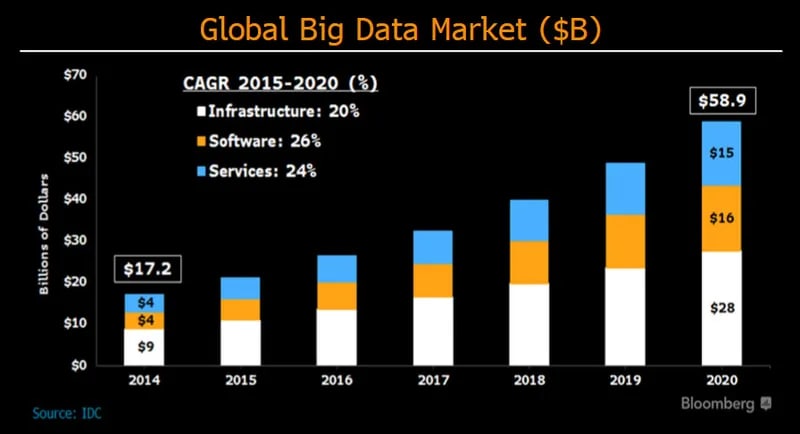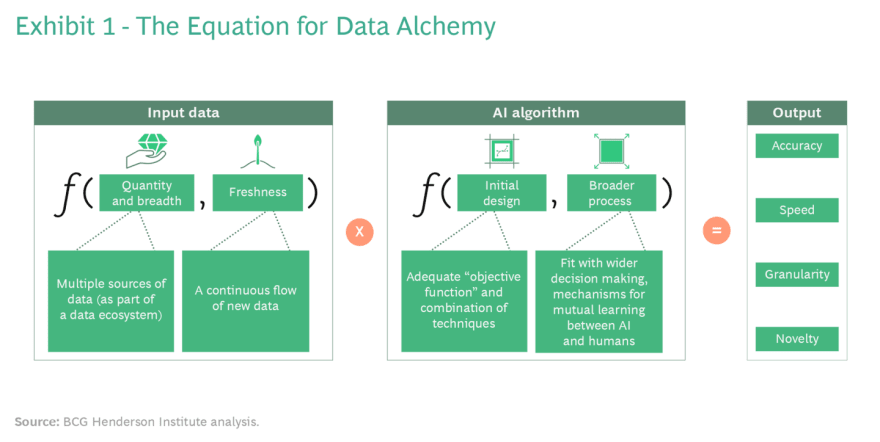Virtually nobody could have foreseen the significant unparalleled effect that the COVID-19 pandemic is having on everything that we had considered normal. Businesses that survive the initial health crisis will have to tread carefully through the recovery period, which some analysts claim will make more of an impact on their bottom line than the implementation of lockdowns themselves.
Governmental and public services organisations are also having to quickly transform the way they operate due to the effects of the pandemic on citizens, staff and the suppliers who deliver the services.
No one can anticipate how long the recovery process will take, or how it will take hold, but it’s clear that we will need to establish new ways of managing in what’s set to be a ‘new normal’ era in the post-pandemic landscape.
Navigating away from COVID-19 means that companies will need to perform complex analysis like segmentation, eligibility personalisation and trend and options analysis when delivering customer services. However, one emerging challenge is that businesses may not be able to rely on traditional decision-making tools and models in this brave new world. Tools like AI, machine learning and predictive models may be much less effective due to the lack of precedence that the health crisis has. This indicates that the progress of businesses during this difficult time will be determined by metrics that are more intricate than ever.
Despite the severe difficulties that lie ahead for the progression of businesses, big data stands as a bridge between many companies and the unknown.
(Image: Bloomberg)
It’s perhaps fortunate that the COVID-19 pandemic arrived at a time when the global big data market is growing at a CAGR of at least 20%. Big data exists to explore the masses of information that people, companies and devices produce and to find any evidence of correlations or actionable insights.
At a time where many businesses are bracing for the unknown, big data can act positively to indicate where the safest next steps could be, and how to approach them.
With this in mind, let’s take a deeper look at how big data can shape the decision-making process for companies in the wake of the COVID-19 pandemic:
The Risks & Opportunities of Big Data
Big data taps into the growing trail of information regarding our likes, habits, preferences and behaviours - all of which are a goldmine of information and opportunities for businesses.
Powered by the Internet of Things (IoT), there’s certainly plenty of appeal for businesses. An always-on, interconnected future where everything we can do and every place we can go combines to help us. The organisations playing an active role in making such insights happen will continue to outmanoeuvre their competitors - and in a landscape heavily punctuated by the recovery from the COVID-19 pandemic, secure their survival too.
However, although there are clear opportunities to be gained from these actionable insights, there are also plenty of risks and challenges - including that of privacy, transparency and data security that could cloud the decision-making process.
GDPR has made data protection as a default legal requirement, with businesses needing to integrate a level of protection into everything they do. Cautious, careful and considerate use of data can help to leverage the value and insight conveyed within it. The result is a synchronised platform that can help businesses to develop their models strategically to suit the customer as well as its own cash flows.
Only a matter of years ago, the biggest challenge for businesses was the sheer size of data that was being generated. It came in massive volumes, was difficult to keep track of, and was largely unstructured free text and images.
However, the implementation of big data technologies like AI and machine learning has made it much more straightforward to manage, analyse and understand big data - and in turn, it’s becoming significantly more usable. Additionally, because machine learning models are designed to learn from data rather than programming, the more data that they come into contact with, the better they get.
The implication of this is that, in a world governed by the challenges posed by COVID-19, big data offers an opportunity to safeguard businesses even though the events of the past year have no precedent. Highly advanced big data applications like data alchemy have the power to steer companies through these dark times by spotting correlations that would otherwise be impossible to identify.
Understanding The Potential of Data Alchemy
Data alchemy is a form of big data which uses continually refreshed, broadly gathered data to find correlations and draw actionable conclusions. Although the technology has long been in existence, it’s recently been evolving at an impressive rate. It was only with the pressures of COVID-19 that data alchemy began to be widely used in business.
During the pandemic, companies found themselves working with volatility in workplace dynamics owing to the rise of remote working and significant financial complications, customer engagement, political circumstances, investment, travel, international supply chains and health care.
Interestingly, data alchemy actually alerted Canadian health care risk assessment firm BlueDot to the outbreak of the COVID-19 pandemic before just about anyone else. By gathering data from a huge variety of sources, including news media in 67 languages, reports on animal and plant diseases, blog entries, airline ticketing and social media, BlueDot spotted unusual patterns of activity in Wuhan, China - alerting the company’s epidemiologists. On the 31st of December 2019, the company issued a warning about COVID-19 and its potential impact - one week before the publication of the World Health Organisation’s first official report.
(Image: BCG)
The above equation for data alchemy shows data can be algorithmically sorted and interpreted to provide accurate and fast information that drops into granular detail.
Significantly, this approach is vital because it avoids human bias and preconception. Because no one knows where the weak signals of significant events and insights will come from, there’s no such thing as useless data.
One famous example of data alchemy shaping the decision-making process of a company in the pre-pandemic world can be found in ice cream. In around 2015, the Ben & Jerry’s division of Unilever set its AI-based marketing system to track any references to ice cream in pop culture online. The search may have appeared to gain any meaningful insight, but it eventually identified over 50 popular songs with lyrics mentioning ‘ice cream for breakfast.’ The data returned a novel concept that had never been thought of on a business level.
According to a report on Campaign, Stan Sthanunathan, Unilever’s head of insights, explained that the data prompted Ben & Jerrys to introduce its own breakfast line up. “Two years down the road and our competitors are now doing the same,” Sthanunathan claimed.
As businesses navigate new terrains in the wake of COVID-19, data alchemy can play a pivotal role in ensuring their decisions in this uncertain environment are driven by the identification of emerging patterns and trends.
Identifying Trends With Augmented Reality
One of the biggest challenges posed by big data revolves around access to the wealth of information produced. This is where other technologies like augmented reality and virtual reality can take charge in delivering digestible physical insights.
The relationship between AR and big data can become a symbiotic one where both technologies can benefit and improve by working with one another. There’s increasing reason to believe that AR can form the cornerstone in visualising the immense complexity of big data - owing to advancements in visualisation techniques, consumers and business professionals alike will profit from taking a huge mountain of data and compact it into bitesize charts that can be projected in front of the user with augmented reality.
In a post-COVID-19 landscape where more attention will inevitably be paid towards big data visualisation, it’s important to understand the many ways in which data analytics and AR can literally build off of one another.
With the road to recovery from the pandemic set to be a long one, the decision-making process of companies is likely to be influenced by the next generation of augmented reality eyewear set to enter the market over the coming years from market-leading rivals Apple, Facebook and Microsoft.
These devices will act as a significant bridge in the wider adoption of AR eyewear and are set to take a much more compact physical form that resembles the modern eyewear frames - with the industry expected to reach 210.8 billion U.S. dollars by 2025. As data-driven insight becomes increasingly essential in the way businesses navigate their recovery from the pandemic, we can expect the relationship between AR and big data to become much more close-knit.
Accelerating Growth in The Wake of The Pandemic
The pandemic is already forcing us to change the way we live and work. These are changes that under more traditional circumstances would be almost impossible to implement due to different business cultures and internal politics. However, now the prospect of harnessing the power and potential of both data and analytics is vital in navigating the recovery from the crisis and arriving at a place where your business can thrive.
Fundamentally, the ‘new normal’ way of living strongly revolves around change - and by encompassing big data and emerging technologies, companies can carry the potential to become even stronger post-crisis than they were even before the emergence of COVID-19.





Top comments (0)